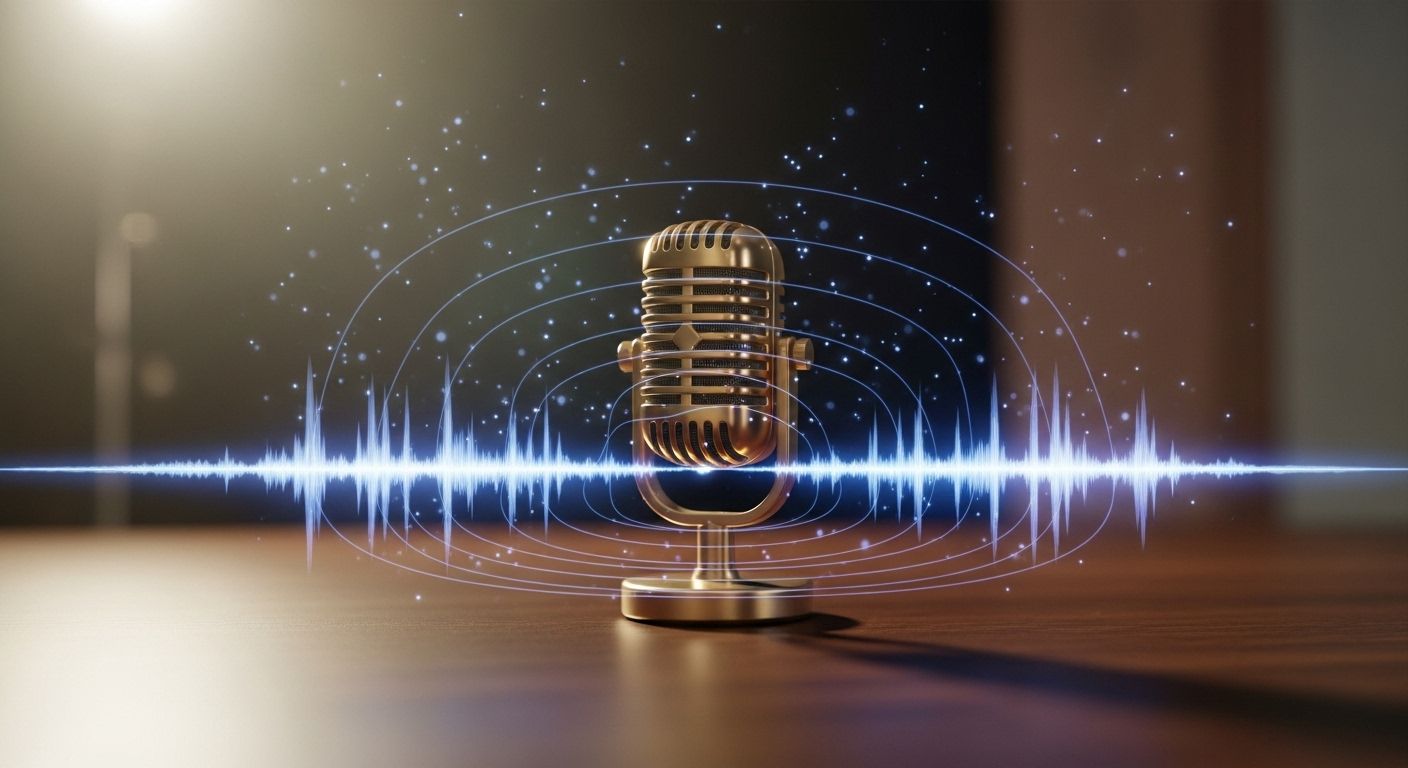
Understanding Sound Waves is a captivating physics module that dives into the science behind one of our most essential senses—hearing. From the rustle of leaves to the roar of engines, sound waves shape how we experience the world.
This lesson explores how sound is generated, how it travels through different media, and how our ears decode these vibrations into meaningful information. Whether you’re a student, musician, or simply curious, this course reveals the hidden mechanics of the auditory universe.
🔊 By the end of this lesson, you’ll be able to:
This lesson is ideal for students beginning their study of physics, educators teaching wave mechanics, musicians exploring acoustics, and anyone fascinated by how sound connects us to the world.